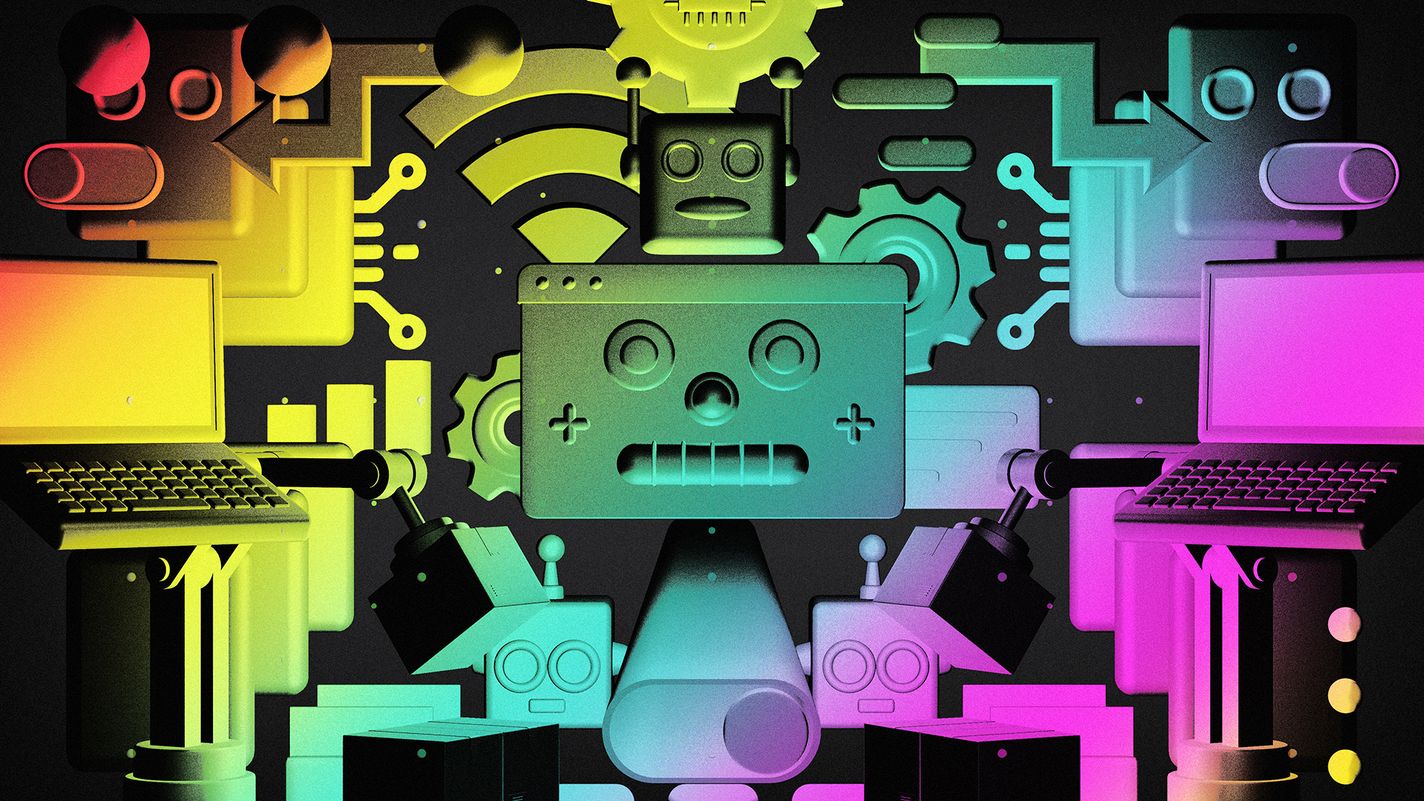- by
- 07 24, 2024
-

-
-
Loading

Loading


IN A FACTORY on the Carolinas’ border, Stanley Black & Decker is assembling cordless electric drills. As part-finished drills travel in boxes along a conveyor belt, a robotic arm photographs and scans them for defects. Another robot nestles electric motors into the drills’ casings. A third one places and tightens screws. A single piece of software oversees the entire production line, which is capable of pumping out 130 cordless power tools every hour under the supervision of just seven humans. The assembly line it replaced in China needed up to 40 workers and rarely produced more than 100 an hour.“Thirty years from now we will laugh at our generation of humans, putting products together by hand,” predicts Lior Susan, the boss of Bright Machines, a San Francisco-based company that installed the plant’s software. It is not that the design of the electric drills or the various steps involved in making them have changed. Rather, it is the way the automated machines doing the work are being driven by instructions that have been encoded into software having been in effect copied from the brains of Chinese factory workers, who mostly did the job manually.